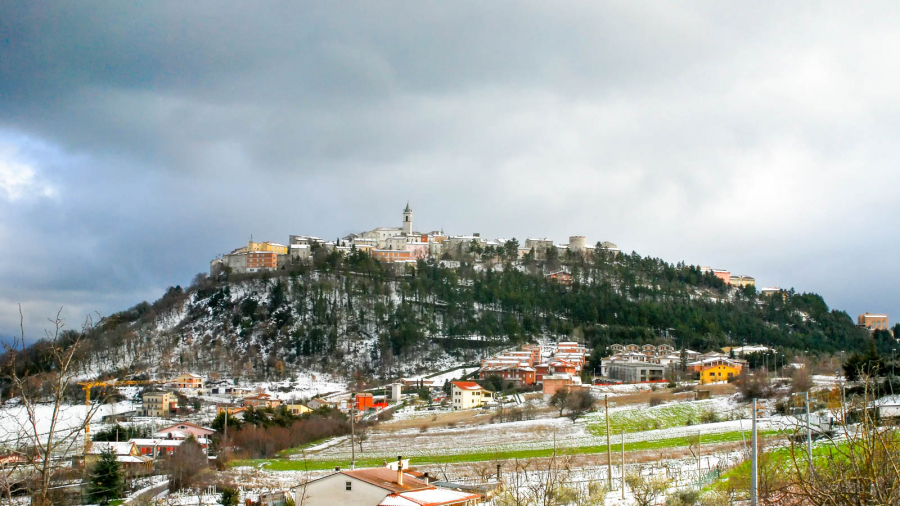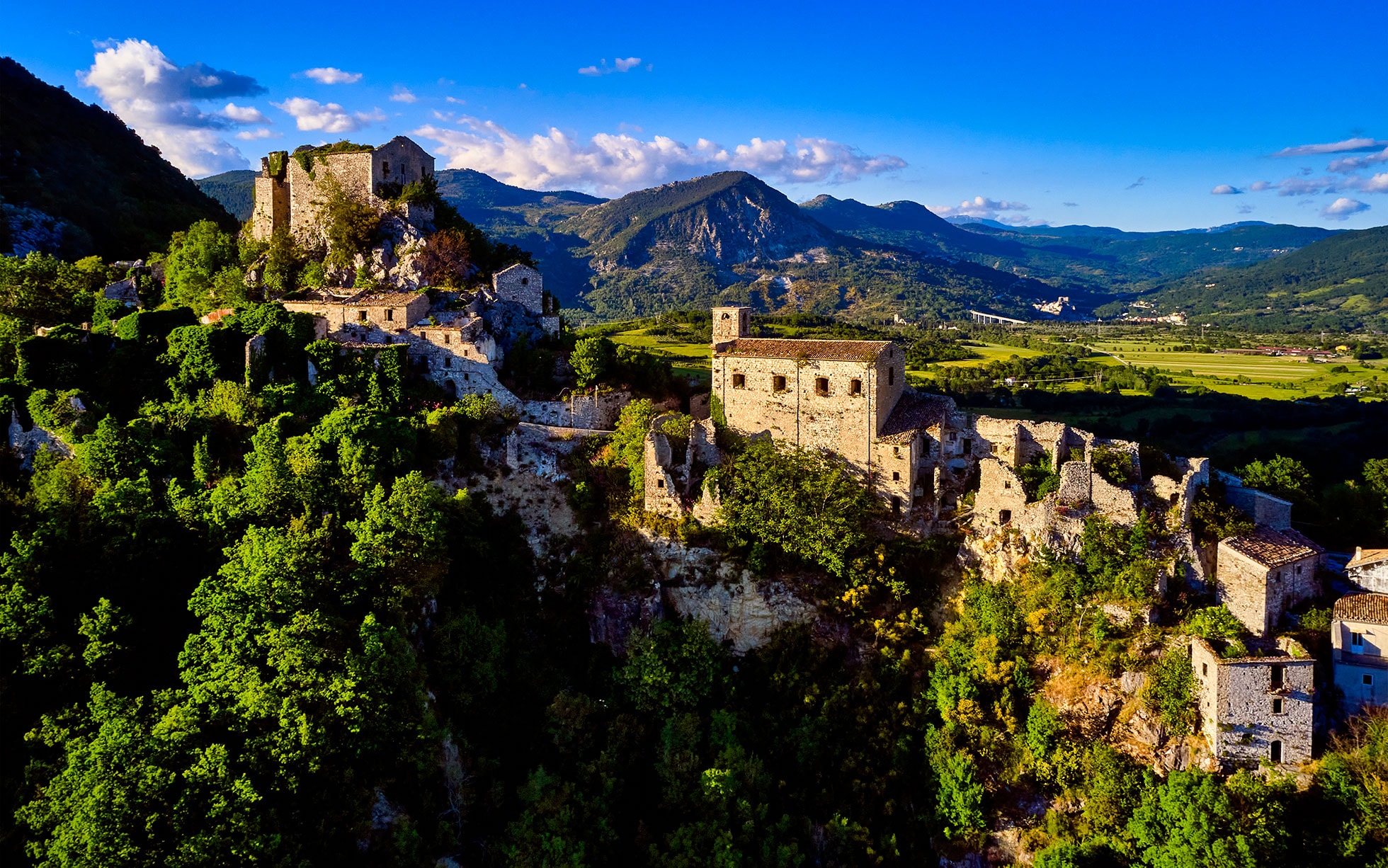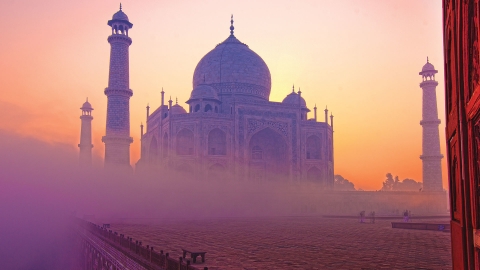Technically, Molise exists. As one of Italy's 20 official regions, Molise is on par with Tuscany, Lombardy, or Piedmont. It holds regional and national elections. It borders the regions of Abruzzo, Puglia, Lazio, and Campania, all of which are undeniably real places.
So why do Italians like to pretend that Molise doesn't exist?
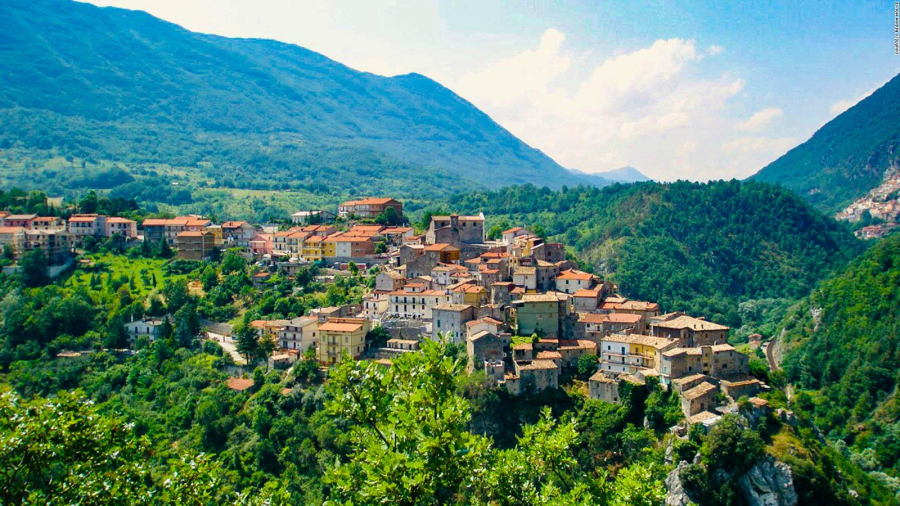
“I first came across this on the internet a few years ago,” says Enzo Luongo, journalist and author of Il Molise Non Esiste (Molise Does Not Exist).
“People started posting the hashtag #ilmolisenonesiste as a joke, poking fun at the small size of the place and our relative insignificance in Italy.”
What surprised Luo, however, was the creativity of the comments inspired by this hashtag, which ranged from amusing (“I put ‘Molise Does Not Exist’ as my Facebook status. My geography teacher liked it.”) to downright silly (“I met a guy from Molise who was doing an Erasmus semester in Italy.” – Erasmus is a program that doesn’t operate in Italy).
It seemed that the region, hitherto overlooked, suddenly awakened the latent creativity in Italians.
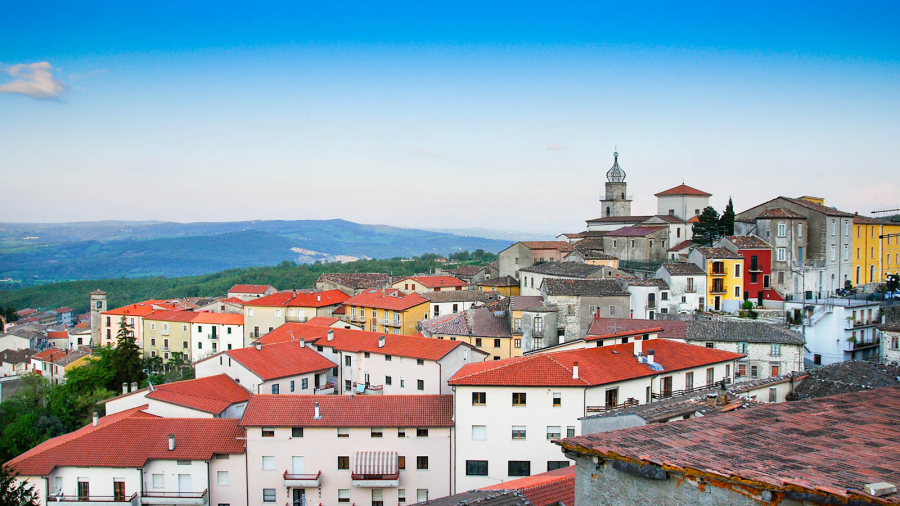
The "Molise conspiracy" has become a cultural phenomenon in Italy, expressed in books, songs, videos, stage monologues, news articles and more. It has been mentioned by everyone from comedian Capppe Grillo to former Prime Minister Matteo Renzi. A popular Facebook page called Molis't - lo non credo nell'esistenza del Molise (Molisn't - I Don't Believe in the Existence of Molise) sells "Molisn't" merchandise, such as T-shirts and mugs.
Pseudo-scientific articles were published speculating about the region's existence, while internet memes appeared comparing Molise to Narnia and depicting maps of Italy with a black hole representing its location.
A YouTube video from 2015 – titled IL MOLISE NON ESISTE! – has been viewed more than 1.6 million times, more than five times Molise's total population of 305,000.
In just a few years, Molise has gone from obscurity to the laughingstock of Italy.

Throughout Italian history, Molise has always been on the periphery.
In ancient times, the area was home to the Samnites, a mysterious tribe that fought several battles with the Romans until being subdued in the 3rd century BC.
Being a barren mountainous area, the land was largely ignored by the Romans, and again by the conquerors the Lombards, Normans, Bourbons and others.
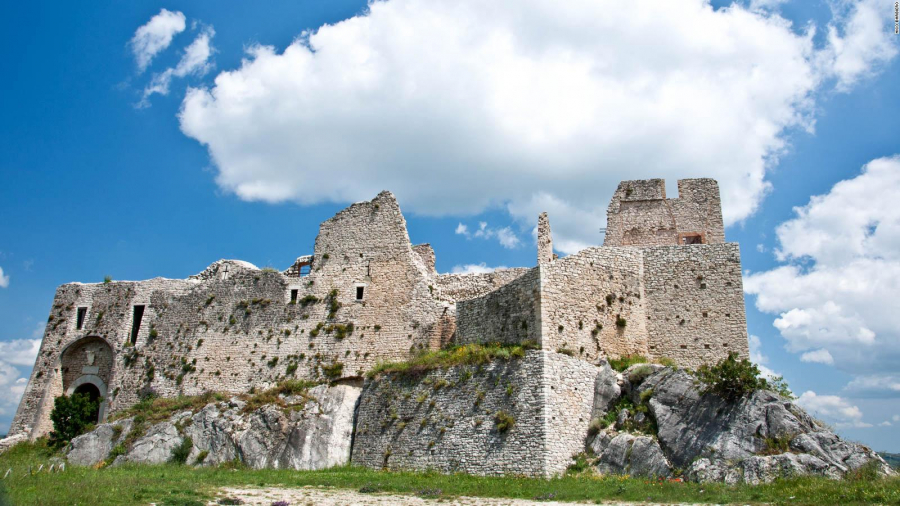
As a periphery of the new Kingdom of Italy in 1861, it became part of the Abruzzo e Molise region created after World War II, but split off from Abruzzo in 1963 to become Italy's youngest – and least known – region.
The reasons for Molise's separation from Abruzzo are quite complex, and many residents would argue that perhaps it was a mistake and they should have re-unified with Abruzzo, with whom they have very close cultural ties.
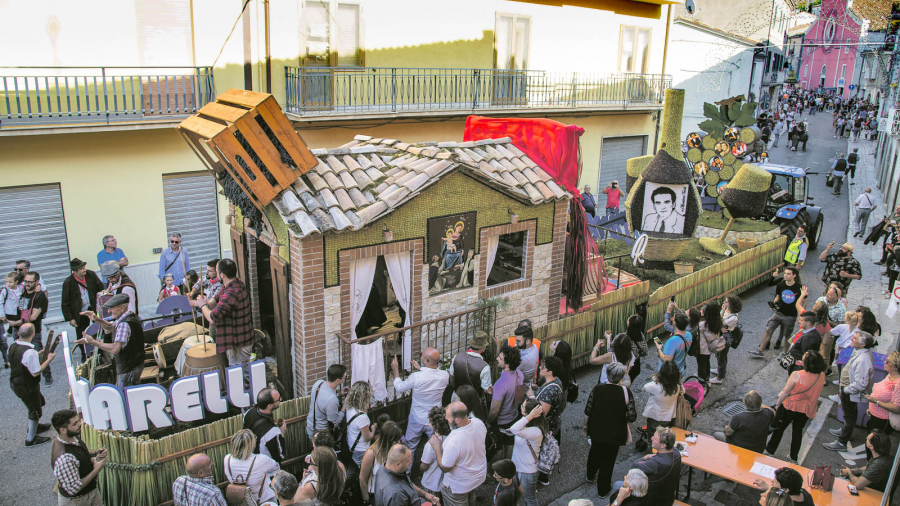
Today, Molise focuses on developing slow tourism - scattered hotels, gastronomic tours, farm stays, cultural tours.
They are trying to attract people who have been to Rome, Venice, Florence... and are looking for something completely off the tourist map. In a way, Molise is the last unknown destination in Italy.
The people of Molise saw the phenomenon of "Molise Does Not Exist" as an opportunity to give the region a unique brand.
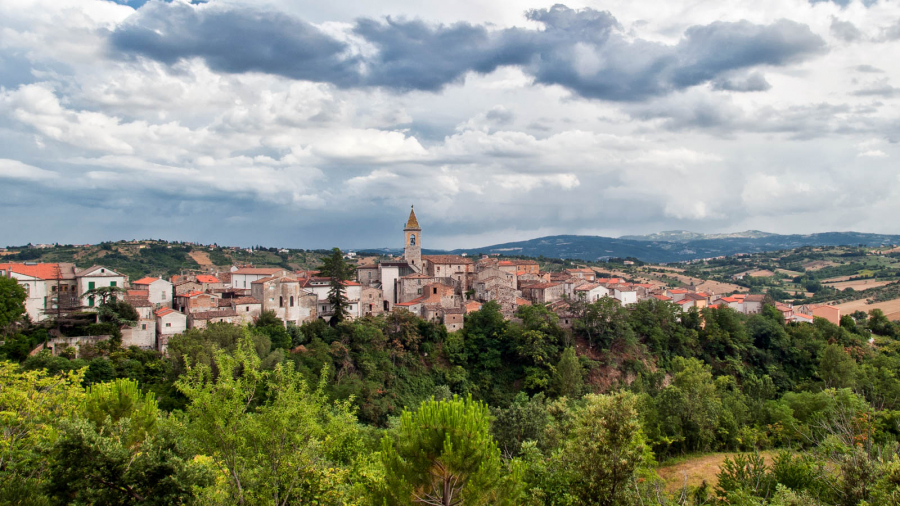
Climbing higher into the heart of the Molise region, green hills give way to massive mountains, and scattered villages with their pencil-thin bell towers and closely packed houses seem to fade away at the mountain's edge.
Many villages in the area are still connected by tratturi – ancient shepherd paths that are slowly being rediscovered as hiking trails.

One such village is Agnone, home of the Marinelli Bell Foundry.
Founded in 1339, it is the oldest continuously operating bell foundry in the world, as well as Italy's oldest family business and the official bell supplier to the Vatican.
Marinelli has become a symbol of the Molise spirit: life is not interrupted by tourism, so here traditional customs play a paramount role.
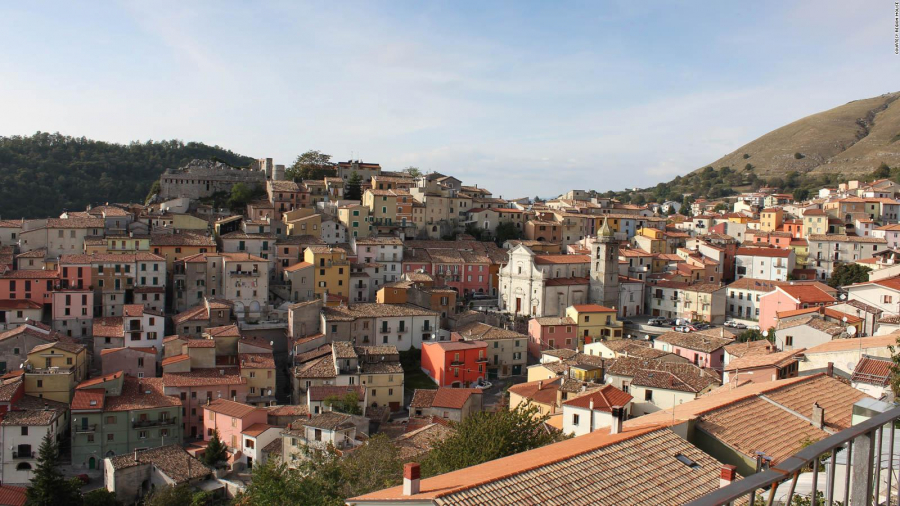
"Molise is one of the last authentic villages in Italy. In fact, I would say it's a truly timeless place," says local politician Simone Cretella.
“Unfortunately, the government never believed that we could attract tourists. They thought the only way to improve our development was through industry, so they built all these factories here,” he added.
"Now the factories are closing and all the young people are leaving."
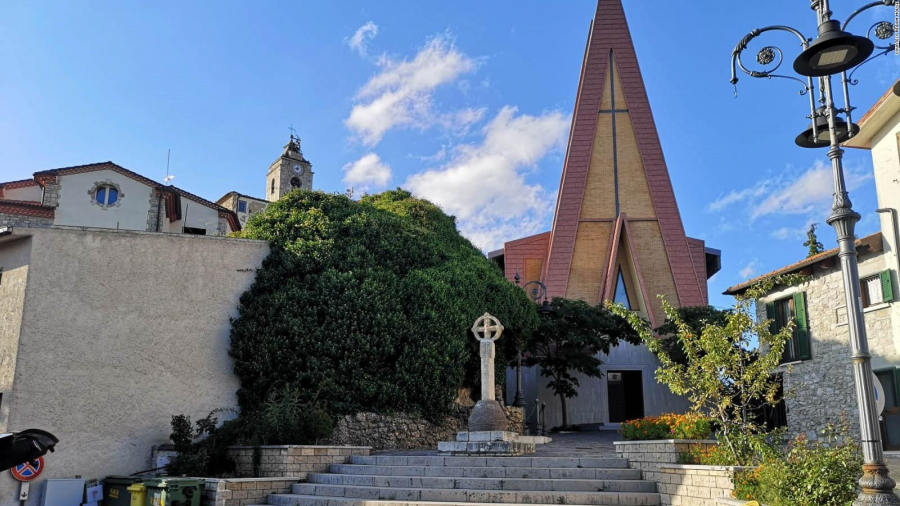
In a region that has historically struggled with poverty, isolation and earthquakes, the problem of degradation is ever-present – and so pronounced that the region's president is offering to pay people to move to Molise.
Private investment in the region remains low, infrastructure is poor, and unemployment is high, forcing many young people to leave in search of work.
For some, "Molise Does Not Exist" is not a funny joke, but a prediction about the region's future.
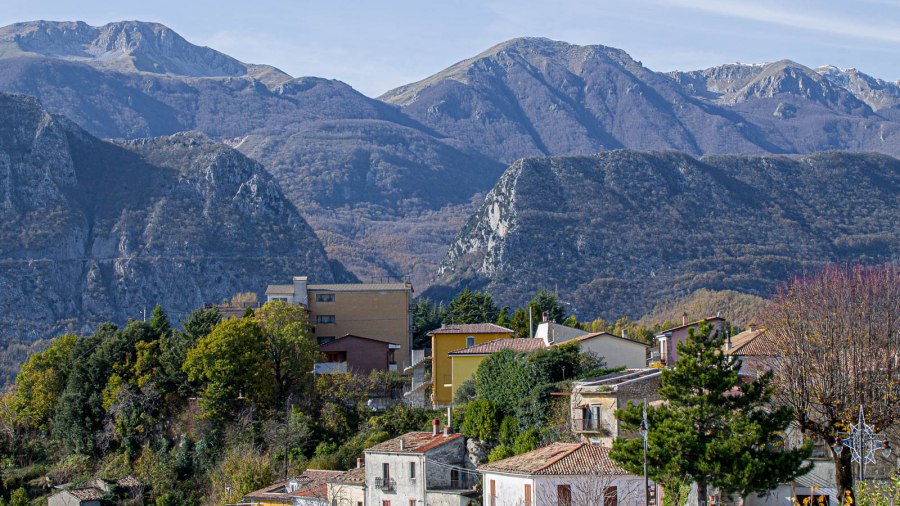
"No one wants to leave Molise. We have so much beauty and culture here. I feel very proud to live in a place where there is beauty everywhere," Cretella says.
"What we need is tourism. We need to offer services that invite visitors to stay on farms, we need hiking trails, we need bike paths. We need young people to stay and develop the area through sustainable tourism. I feel this type of tourism can really save Molise."

Like many other Molise residents, Cretella sees "Molise Does Not Exist" as an unprecedented opportunity to promote the region both at home and abroad.
“In other words, ‘Molise Doesn’t Exist’ is the perfect brand,” he says. “It represents our strengths: our mystery, our elusiveness, and the fact that this is a place untouched by tourism. It creates a curiosity that makes people want to explore, and when they do, they are always surprised by how beautiful and diverse Molise is. No one is disappointed when they come to Molise. We just need to get that message out.”
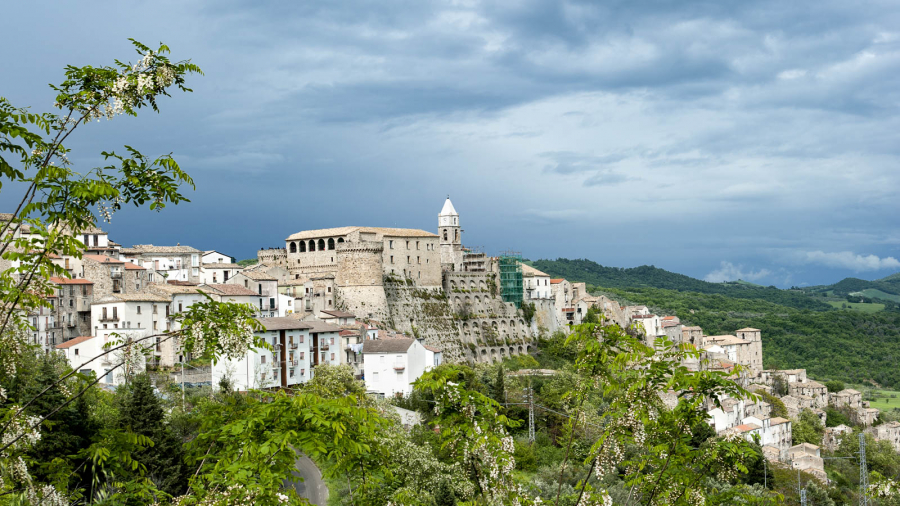
Cretella spent much of his political tenure trying to convince tourism authorities to adopt a marketing strategy based on the idea that this was a place that supposedly didn't exist, but he had little success.
One of the downsides of living in a “timeless” zone, he explains, is that it is difficult to change other people's psychology.
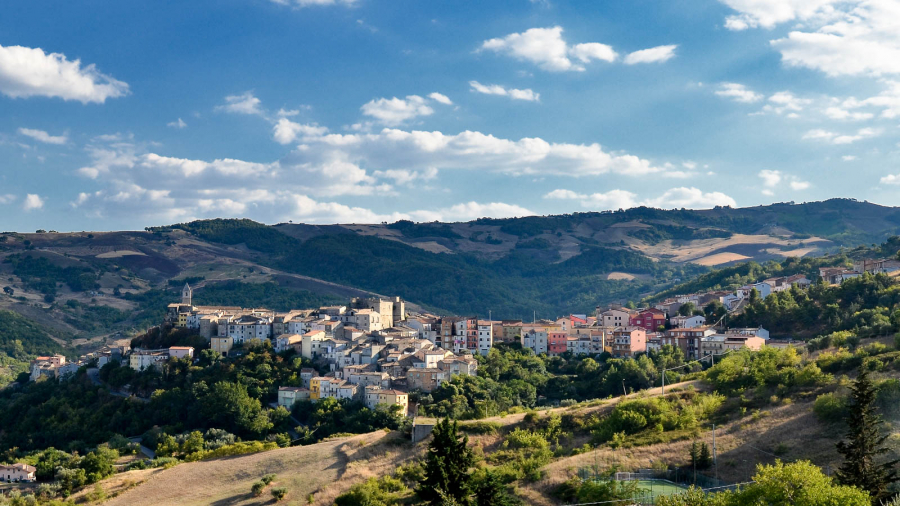
Cretella, however, believes that tourism is the future of Molise, and that the idea of the place as a non-existent place will be at the heart of it.
“After all,” he said, “who wouldn't want to visit an area that doesn't exist?”
